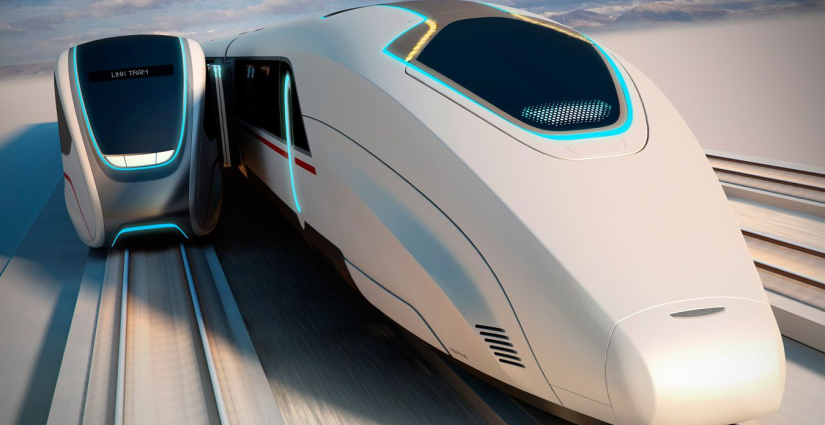As U.S. construction booms and highways deteriorate, project cargo specialists are reconsidering reliance on trucks for heavy and oversized shipments. Advances in AI, major rail mergers, and growing interest in sustainable transport suggest that freight railroads may be poised to capture a larger share of the oversized cargo market.
Today, trucks still dominate heavy transport due to their flexibility, despite permitting challenges and aging infrastructure — with 39% of major roads rated poor or mediocre. By contrast, the U.S. freight rail network, spanning nearly 140,000 route miles and moving 1.5 billion tons annually, remains underused for project cargo. Inefficiencies, including unpredictable transit times, have historically discouraged shippers from using rail.
Now, converging trends are creating opportunities:
-
AI and automation are optimizing routing, predicting congestion, balancing crews, and improving fuel efficiency.
-
Sustainability pressures favor rail, which can reduce emissions by 75% compared to trucking.
-
Construction surges, including energy infrastructure and manufacturing projects, are increasing demand for oversized shipments, from transformers and wind turbines to large battery packs.
Rail operators and shippers see potential. Kathleen Smith, VP of industrial products at Norfolk Southern, highlights rail’s capacity for safe, economical, and sustainable delivery of critical components. Marco Poisler of UTC Overseas notes that rail is essential for transporting oversized items like transformers and wind blades, while Greg McComas at BNSF points to opportunities in power generation, renewables, and large-scale manufacturing projects.
However, challenges remain. Specialized cargo can disrupt standard operations and add cost, requiring infrastructure improvements, dedicated cars, and careful planning. Dan Labyak of CSX stresses the importance of efficient car turnaround to maximize capacity and minimize delays.
Rail also offers permitting advantages over trucking. “For loads over 200,000 pounds, rail is often faster and more cost-effective than securing permits across multiple states,” Poisler explains.
Mergers and Network Efficiency
Recent mergers and partnerships are reshaping the U.S. rail map. BNSF and CSX have partnered to expand coast-to-coast intermodal service, while Union Pacific and Norfolk Southern’s merger will create the first true coast-to-coast U.S. railroad network, spanning 50,000 miles and 43 states. Reduced handoffs are expected to cut transit times by 24–48 hours, boosting reliability and lowering costs for project cargo.
Technology and Oversized Logistics
High-tech solutions like LIDAR scanning are helping railroads identify route obstacles, as demonstrated in Norfolk Southern’s delivery of 160 wind turbine components across 10 states to North Carolina’s Timbermill Wind project. AI is also improving network-level efficiency, enabling predictive maintenance, optimized routing, and better resource allocation.
Automation and digital tools are becoming critical for moving oversized freight efficiently. Union Pacific, for instance, is piloting semi-autonomous crew repositioning to streamline yard operations.
If railroads can reduce inefficiencies, embrace technology, and prioritize specialized cargo, they stand to capture a larger share of the oversized logistics market, alleviate highway congestion, and play a central role in America’s industrial resurgence.
This topic was further explored at Breakbulk Americas 2025 during the panel “Real Technologies Solving Breakbulk’s Biggest Bottlenecks,” held on Wednesday, Oct. 1, from 3:30–4:00 pm.




